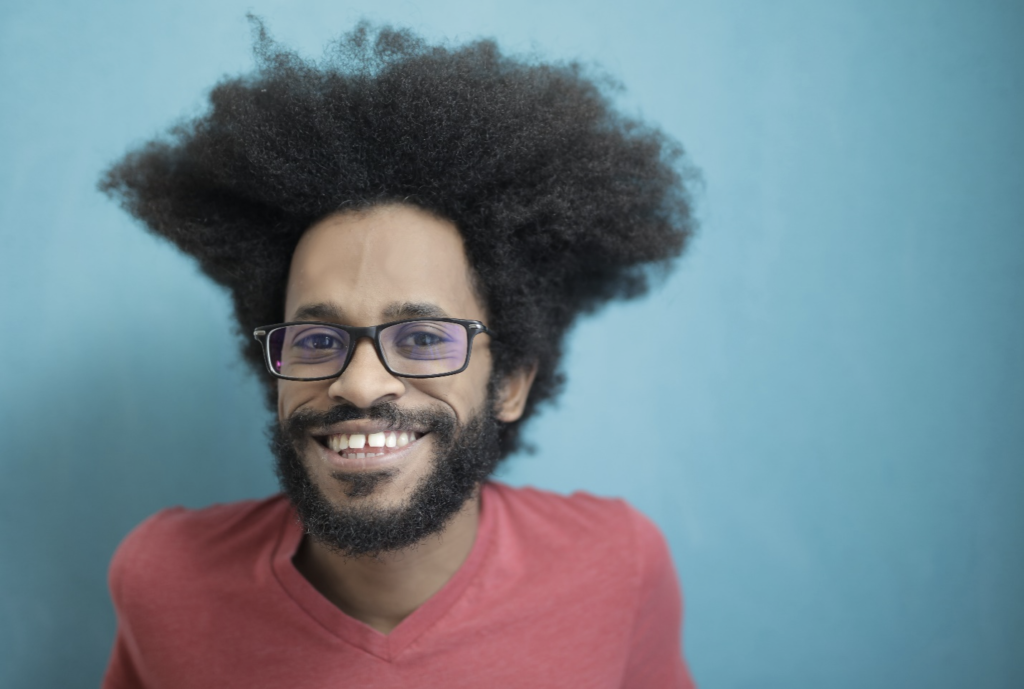Human identity and self-expression have always been deeply entwined with hairstyles. Men’s haircuts have changed significantly over time, evolving to reflect changing cultural and fashion trends. Men’s hairstyles have recently undergone an intriguing blend of traditional and contemporary elements. These trends reflect the peaceful coexistence of the past and present, responding to the various interests and personalities of contemporary men, from the resurgence of classic cuts to the incorporation of the latest innovations.
The return of classic cuts is a major trend in men’s hairstyles. In recent years, classic haircuts like the pompadour, quiff, and side part have regained appeal. These styles, which were formerly considered outdated, now exemplify sophistication and elegance. The pompadour, with its voluminous top and short sides, combines classic appeal and modern edginess. Celebrities such as David Beckham and Bruno Mars have helped to popularise this traditional hairdo among the younger generation.

Similarly, the quiff, with its voluminous crown and tapered sides, has experienced a resurgence in popularity. This versatile haircut can be styled in various ways, from a sleek and polished look for formal occasions to a more tousled and textured appearance for a casual vibe. With its ability to adapt to different hair types and face shapes, the quiff has become a go-to choice for men seeking a timeless yet contemporary hairstyle.
The side part is another classic cut that is making a comeback. This neat and classy hairdo offers a sharp and professional appearance that works in both formal and informal settings. It’s adaptability results from its ability to accommodate each person’s preferences whether one likes a deep or shallow portion, a smooth or textured finish, the side part allows for customisation while maintaining its classic aesthetics. While classic cuts have made a comeback, they have also been combined with inventive processes to create modern versions. These approaches include mixing different hairstyles, experimenting with textures, and inserting distinctive touches to offer a modern spin.

The undercut is one such technique that has acquired popularity due to its bold and distinct appearance. The undercut involves cutting or trimming the sides and back of the hair very short while leaving the top longer. The sharp contrast between the short sides and the longer top gives a dramatic aesthetic effect, emphasising the face features and allowing for unlimited style options. The undercut can be coupled with a variety of styles, including the disconnected undercut, which creates a clear separation between the lengthier top and buzzed sides, and the textured undercut, which adds depth and character through layering and texturising techniques.
Texture has also become a crucial element in modern men’s hairstyles. Natural, tousled, and textured looks are increasingly favoured over sleek and polished styles. This trend reflects a shift towards embracing individuality and celebrating the uniqueness of one’s hair texture. Men are opting for hairstyles that enhance the natural movement and volume of their hair. Texturising techniques like point cutting, razor cutting, and layering are used to create texture and dimension, resulting in effortless and lived-in hairstyles.

To bring a touch of contemporary to men’s hairstyles, inventive features are being integrated in addition to conventional cuts and texture. Hair tattoos or hair patterns are one such detail. Men can exhibit their creativity and originality by shaving intricate patterns or designs into their hair. Hair tattoos can range from geometric designs to elaborate symbols, adding a one-of-a-kind and eye-catching accent to the hairstyle. Furthermore, the usage of attractive hair colour and highlights has grown in popularity among males, allowing them to make big statements while also showcasing their particular style.
The perfect integration of classic and current designs is what makes rising trends in men’s hairstyles extremely fascinating. Hairstylists and barbers are skilled at mixing aspects from different eras to create hybrid styles that cater to the preferences of the modern man. This integration enables individuals to alter their hairstyles to various circumstances and moods.
A modern spin on the classic side part, for example, could involve adding texture to the top and opting for a more relaxed finish while yet preserving the clean and polished style of the standard side part. This fusion of classic and modern components results in a hairdo that emanates both sophistication and modern flair.

The combination of an undercut and a pompadour is another example. A distinctive and dynamic hairstyle is produced by fusing the full top of the pompadour with the shaved sides of the undercut. This aesthetic offers a distinctive and fashion-forward look while capturing the essence of both contemporary and conventional aesthetics.
Furthermore, the fusion of classic and contemporary fashion enables customisation and adjustment to personal preferences. To design a haircut that expresses their personality and sense of style, guys might experiment with various lengths, textures, and features. Men can express their distinct identities through their hair thanks to the synthesis of different influences, whether it’s a traditional cut with a contemporary twist or a current style with retro accents.
The emerging trends in men’s hairstyles exemplify the harmonious coexistence of classic and modern influences. From the revival of timeless cuts to the incorporation of innovative techniques, hairstyling has evolved into a fusion of traditional charm and contemporary aesthetics. The integration of classic and modern styles provides men with a vast array of options to express their individuality and style preferences. Whether it’s through the revival of classic cuts, the incorporation of innovative techniques, or the seamless blending of different eras, men’s hairstyles have become a powerful means of self-expression. As we continue to witness the evolution of men’s hairstyling, it is evident that the fusion of classic and modern influences will remain at the forefront, catering to the diverse preferences and personalities of the modern man.
Sources




